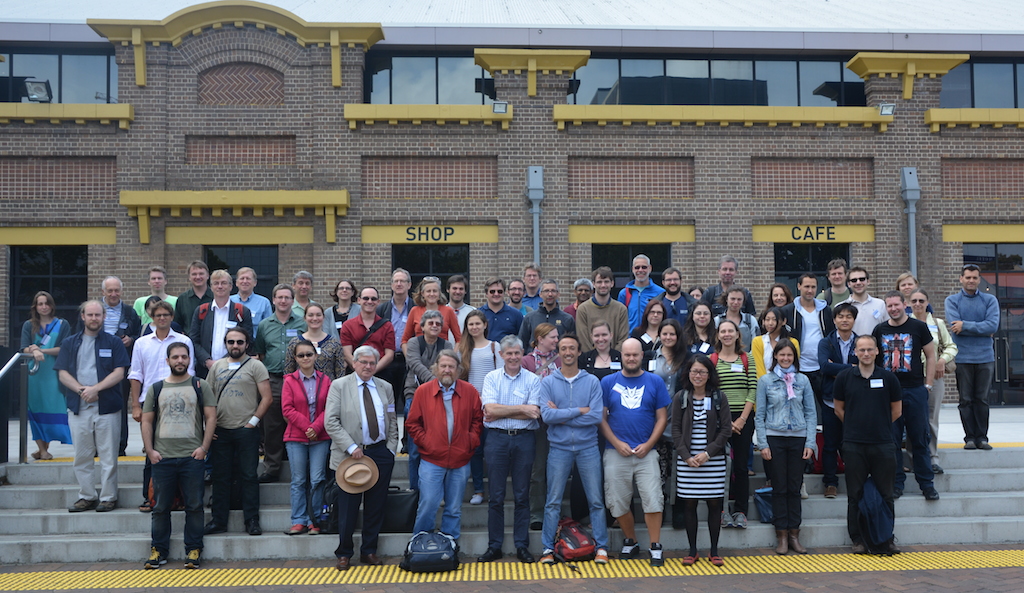Daily Image
24-11-2014The Periphery of Disks
| Submitter: | Tom Oosterloo |
| Description: | One of the key science themes for SKA and its pathfinders is the role of atomic gas in the evolution of galaxies. So far, studies on this topic have been limited, for technical reasons, to either small samples of nearby galaxies, or to studying the global, overall gas properties of larger samples. With upcoming or upgraded instruments such as Apertif, ASKAP, MeerKat, JVLA and, slightly later, SKA1, it will be possible, for the first time, to image in detail the HI distribution and kinematics of large samples of galaxies out to cosmologically interesting distances. Combining these HI data with those from large surveys done in other wave bands is likely to create a breakthrough in our understanding of how galaxies evolve and the role gas plays in this. A central factor in determining how galaxies evolve is in what kind of environment galaxies live; whether there are many other galaxies nearby, or whether a galaxy is isolated. One of the powers of HI work is that it is the best diagnostic of how galaxies interact with their environment. HI is often the most extended component of a galaxy and is therefore most sensitive to influences of nearby galaxies. Inspired by this fact, a meeting was organised in the first week of November by our colleagues in Sydney on the theme 'The Periphery of Disks', i.e. what can we learn, now and in the future, from HI observations of the outer regions of galaxies on the important theme of galaxy evolution. One can argue that HI radio astronomy is a Dutch invention and this fact still has a strong impact on Dutch astronomy. The picture is the usual group photo of the participants, here in front of the Powerhouse Museum in central Sydney where the meeting was held. If you look carefully, you will notice that about 25% of the participants are from Dutch institutes, and if you include the participants that have a Dutch past, the fraction is even higher. This underlines the role of the Dutch astronomical community in getting ready for the new radio telescopes. |
| Copyright: | CASS/ASTRON |
| Tweet |  |
